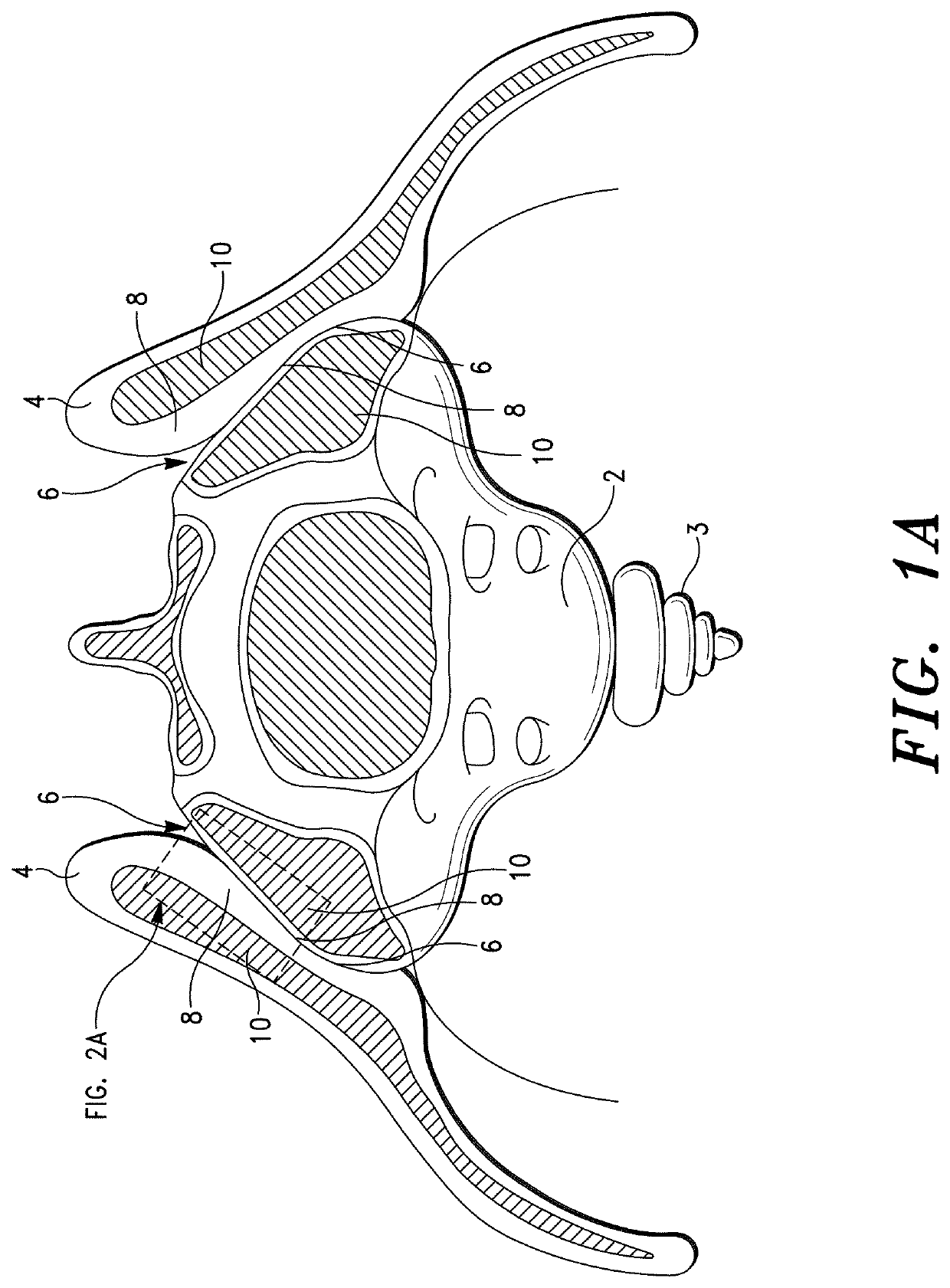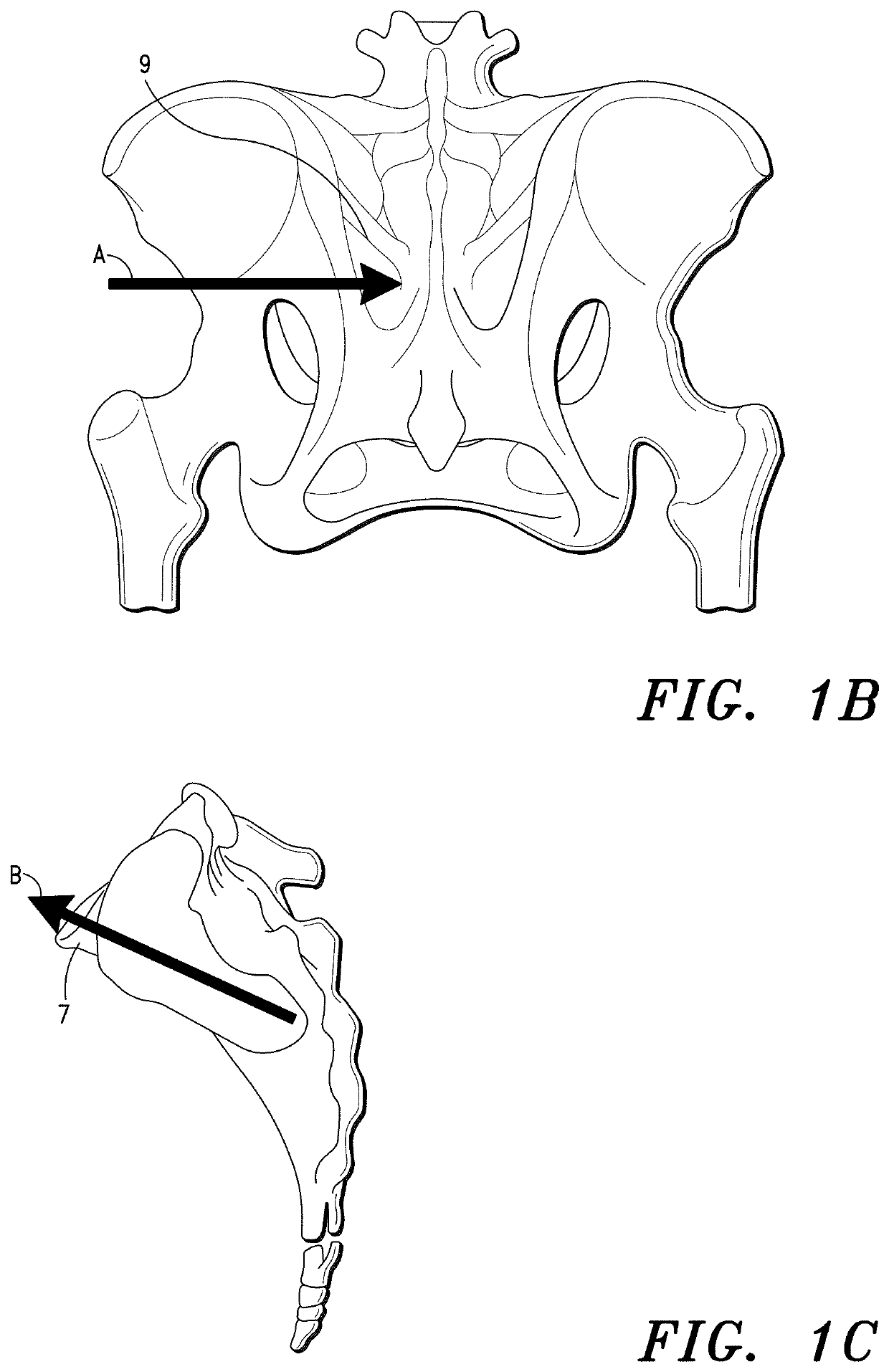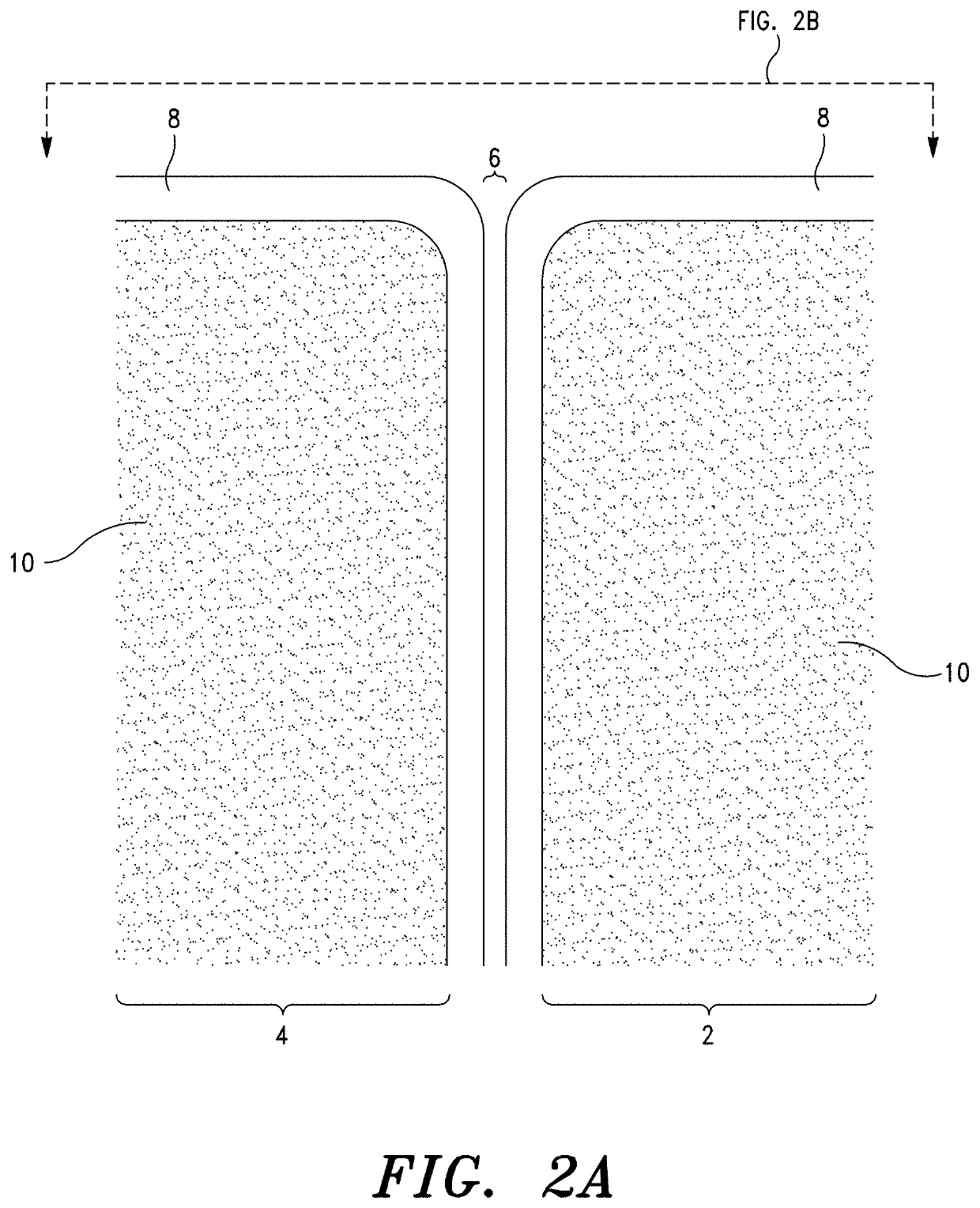Sacroiliac Joint Stabilization Prostheses
a stabilizing prosthesis and sacroiliac joint technology, applied in the field of sacroiliac joint stabilization prosthesis, methods, systems and apparatus for stabilizing dysfunctional sacroiliac joints, can solve the problems of conventional methods and associated prostheses, si joint dysfunction is suspected to be far more common, and the lower back pain associated with si joint dysfunction is far more common, so as to achieve the effect of ensuring stability and ensuring the use of dysfunctional si joints
- Summary
- Abstract
- Description
- Claims
- Application Information
AI Technical Summary
Benefits of technology
Problems solved by technology
Method used
Image
Examples
examples
[0278]The following example is provided to enable those skilled in the art to more clearly understand and practice the present invention. The example should not be considered as limiting the scope of the invention, but merely as being illustrated as representative thereof.
[0279]An adult male, age 42 presented with a traumatic injury proximate the SI joint, resulting in a dysfunctional SI joint and significant pain associated therewith, i.e., a visual analog pain score (VAS) of approximately 8.0.
[0280]A CT scan was initially performed to determine the full extent of the patient's injury, check for any SI joint abnormalities and plan the stabilization procedure, including the prosthesis required to stabilize the dysfunctional SI joint.
[0281]The stabilization procedure was performed in accord with the method set forth in Co-pending U.S. application Ser. No. 17 / 463,779; specifically, ¶¶ [000258]-[000261] thereof. The specifics of the procedure were as follows:
[0282]The prothes...
PUM
| Property | Measurement | Unit |
|---|---|---|
| time | aaaaa | aaaaa |
| length | aaaaa | aaaaa |
| length | aaaaa | aaaaa |
Abstract
Description
Claims
Application Information
 Login to View More
Login to View More - R&D
- Intellectual Property
- Life Sciences
- Materials
- Tech Scout
- Unparalleled Data Quality
- Higher Quality Content
- 60% Fewer Hallucinations
Browse by: Latest US Patents, China's latest patents, Technical Efficacy Thesaurus, Application Domain, Technology Topic, Popular Technical Reports.
© 2025 PatSnap. All rights reserved.Legal|Privacy policy|Modern Slavery Act Transparency Statement|Sitemap|About US| Contact US: help@patsnap.com



